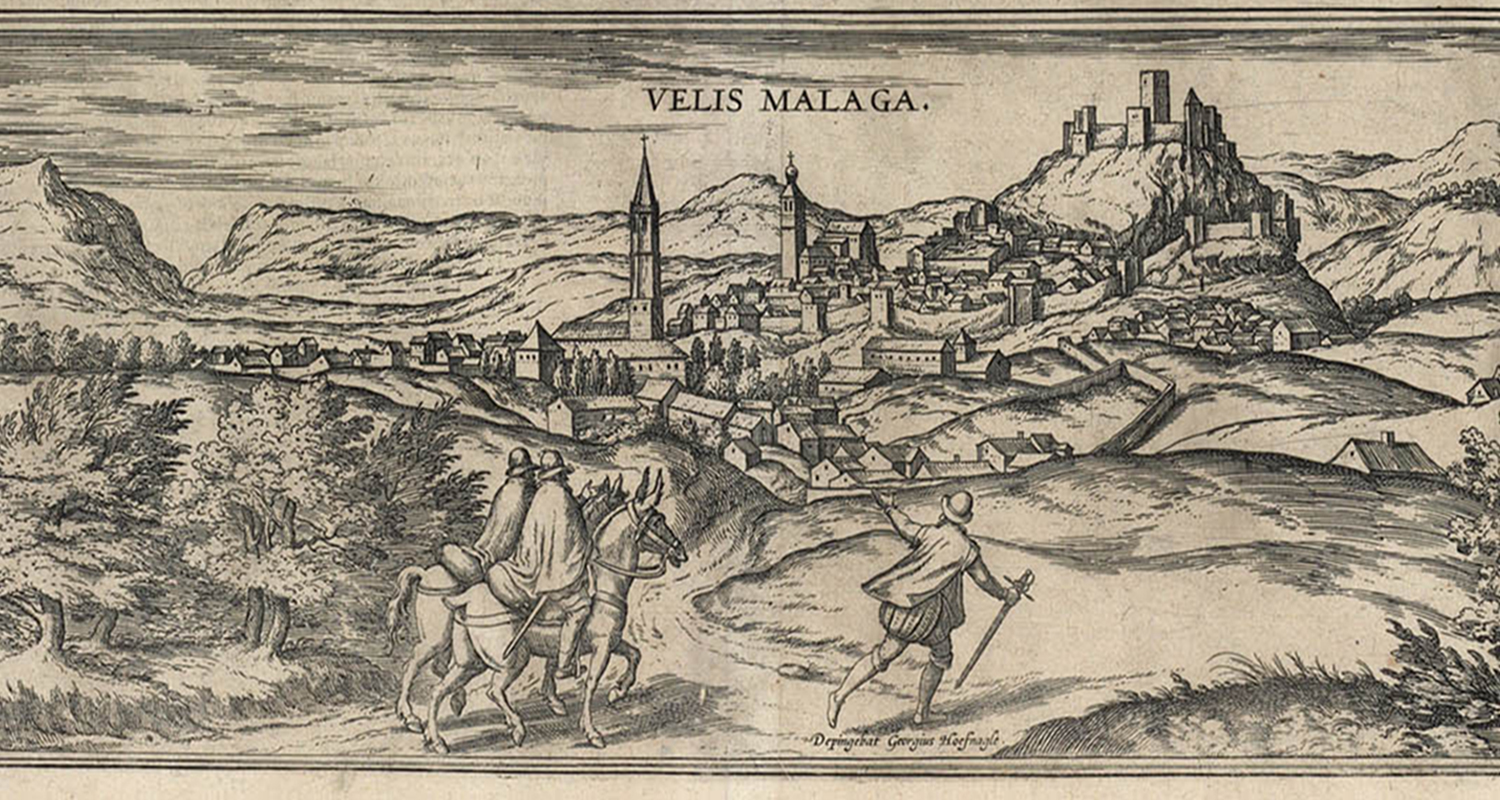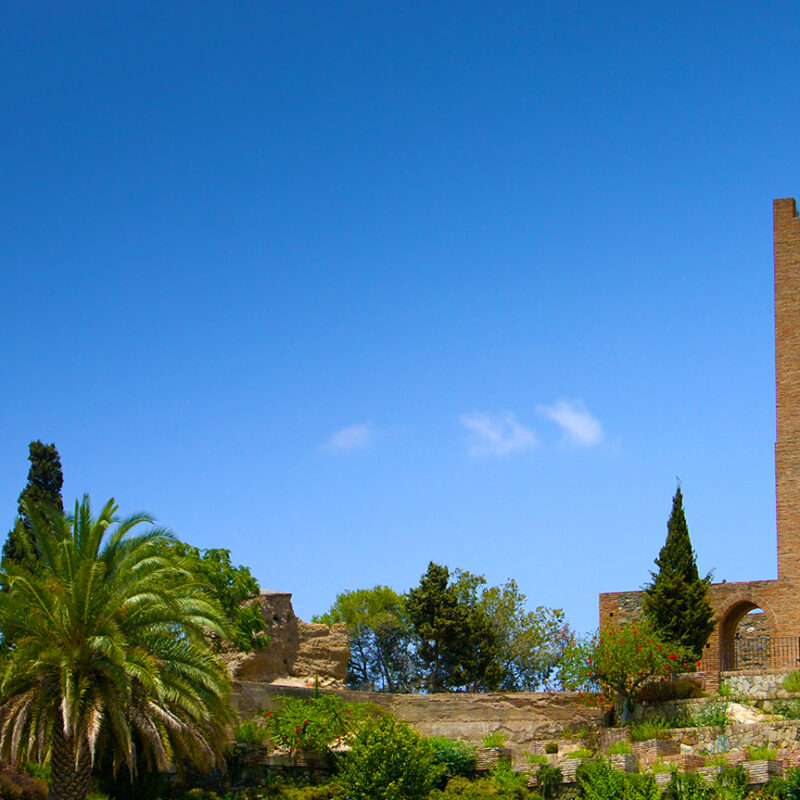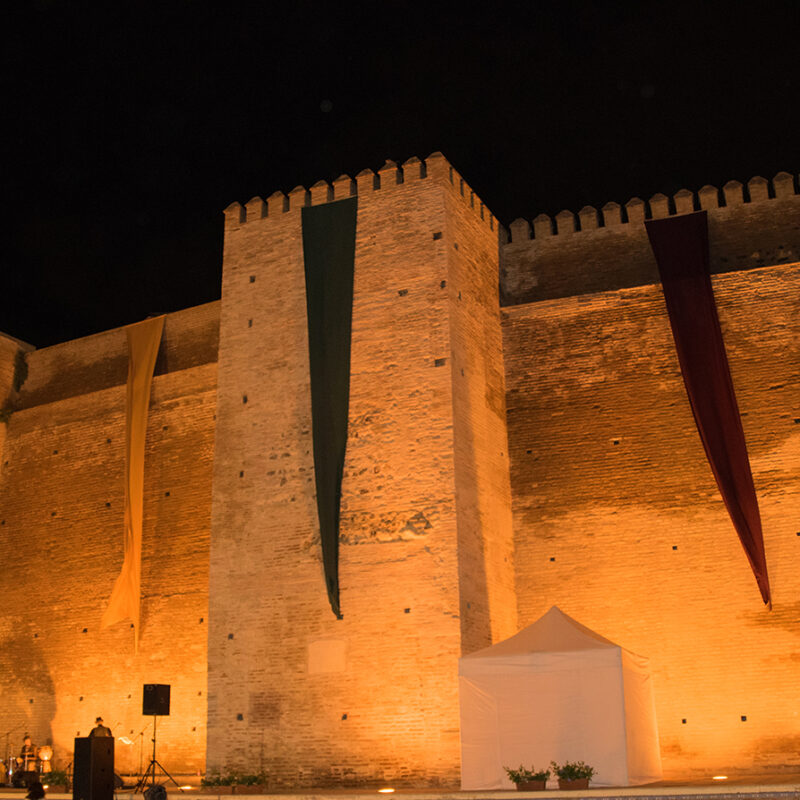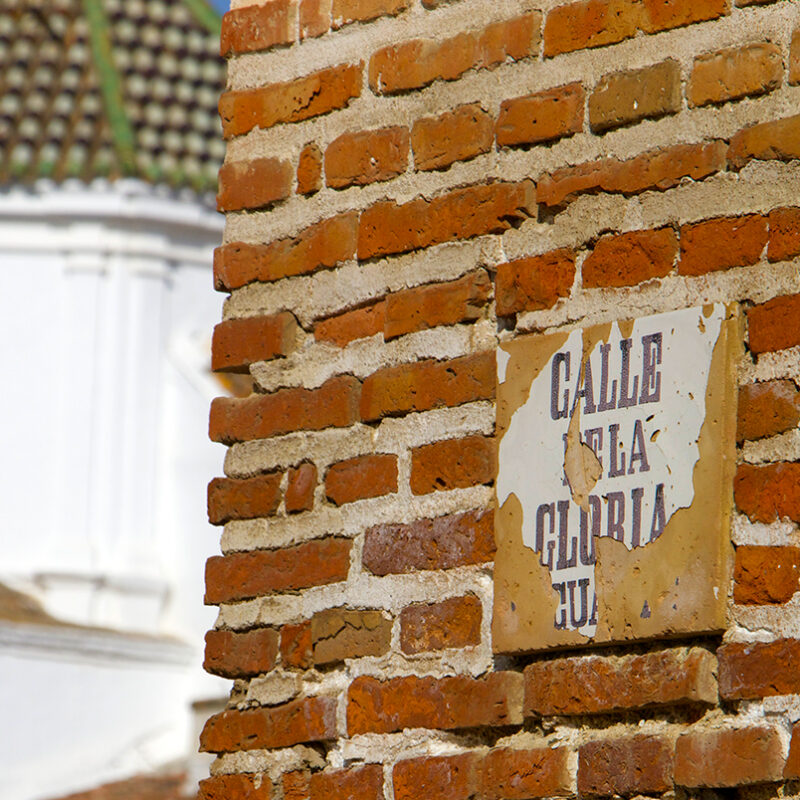Velez-Malaga’s history is a long and proud one. To the Phoenicians it was ‘Toscanos’, to the Moors ‘Ballix-Malaca’ and to the Catholic Kings a vital piece in the jigsaw of the reconquest…
Location is Everything
The area surrounding Velez-Malaga has been incredibly important throughout history with the Phoenicians settling on the coast as early as the 8th century BC.
With access to well-trodden mountain passes and close proximity to the sea they quickly developed trade routes with the local community. Later the Romans occupied the area and prospered with agriculture, fishing and commercial activity stemming from the production of Garum, a fermented fish sauce which was essential in ancient Roman, Greek and Byzantium cuisines.
The Moors Invade
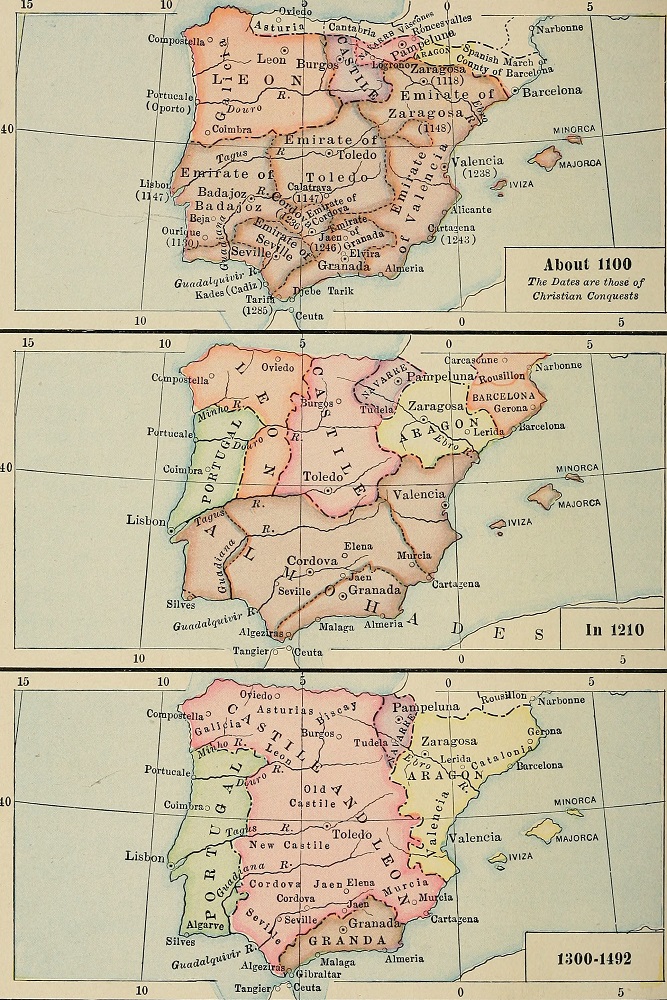
The Moors crossed the straights of Gibraltar in the early 700s with the aim of conquering an Iberian Peninsula made up of modern-day Spain, Portugal, Andorra and parts of southern France. The term ‘Moors’ refers to the original Arabic and Berber people of North Africa and is now used to refer to the entire culture that dominated the peninsula until the 15th century.
After an eight-year struggle the Moors held most of the Iberian Peninsula under their control, introducing and imposing their culture and ways of life on the existing peoples. They successfully ruled for several centuries and their language, religion and cuisine was adopted into everyday life. At one point it was thought that 70% of the country practised Islam, and even after they were forced out of the area the influence on language and cuisine has remained. It was during this period that the recognisable roots of ‘modern’ Velez-Malaga sprung up.
Velez was initially conceived in the 10th century when the Moors built the Alcazaba fortress on a popular trade route between Granada and Malaga. The lofty position of the fort offered a great military view point and the location also made the fort incredibly imposing on local life; always visible to any who might have been plotting against the rulers. The fort was a display of power designed to quickly nip any uprisings or rebellions from the conquered locals in the bud.
The fortress, and the medina that sprung up around it, proved a popular spot due to its enviable position on the fertile river valley of the Rio Velez. The Moors brought with them their skilled approach to irrigation, and this knowledge was used around Velez to grow abundant varieties of fruits and vegetables.
Prosperous Times
Velez-Malaga grew and reached its prosperous peak in the period up to the 15th century, becoming one of the most important settlements in the Moorish Nasrid kingdom, defending the trade route between the capital of Granada and the coast. Velez’s old town sprang up in this time as people arrived in droves to take advantage of this prosperity. Living outside the walls was a calculated risk for the opportunities that the town afforded at the time. The neighbourhoods of San Francisco, San Sebastian and the Plaza de la Constitucion were born.
It was not just Velez that enjoyed peace and prosperity during this period. Granada sat at the helm of a successful kingdom and the Moorish princes built the spectacular Alhambra building.
The Reconquista
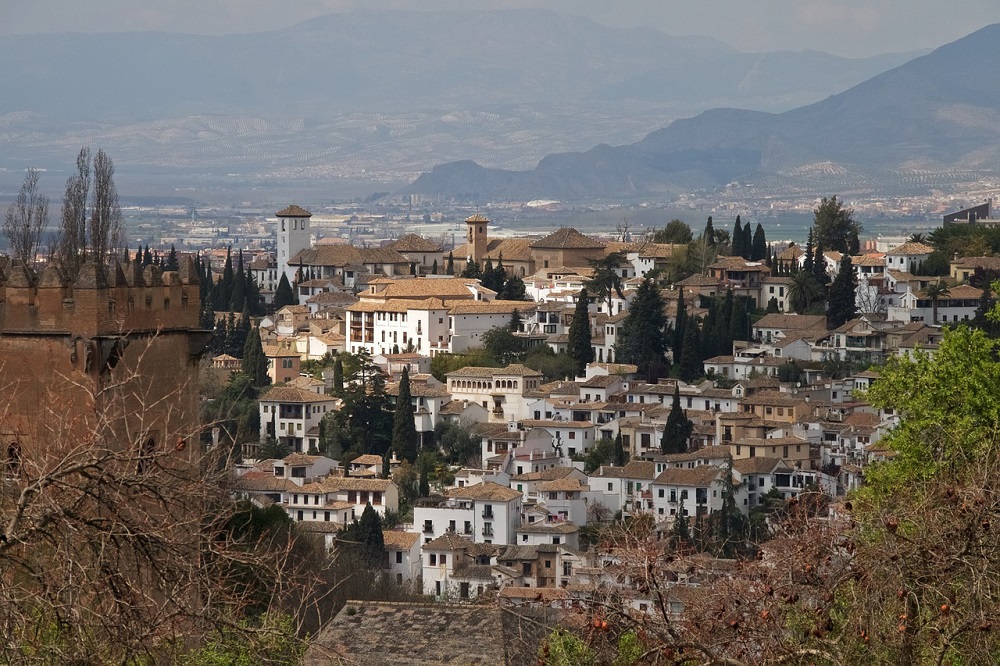
At the start of the 15th century, however, civil war was beginning to weaken Nasrid rule over the throne of Granada. While the rulers fought amongst themselves the Christian forces took advantage of a divided and vulnerable people, captured Moorish strongholds and slowly turned the Emirs against one another. The Reconquista’s conquest of the Nasrid kingdom had begun.
The Nasrid kingdom was the last Muslim stronghold to be conquered in the Iberian Peninsula. Centuries before, in the north and west of the area, forces had gathered behind the Christian leaders and the small Kingdom of Asturias launched the Reconquista to reclaim the land in the name of Christianity. These forces slowly began to gain momentum, and Alfonso VII of Castile and a coalition of Christian Kings forced the Moors out of central Iberia with the Portuguese Reconquista ending in 1249. Still Granada resisted. It was not until the union of Ferdinand II of Aragon and Isabella I of Castile (the Catholic Monarchs) in 1469 unified the two larger portions of Spain that the Nasrid Kingdom would fall. Granada fell to Christian rule in 1492, five years after the capture of Velez-Malaga.
Birth of the Mudejar
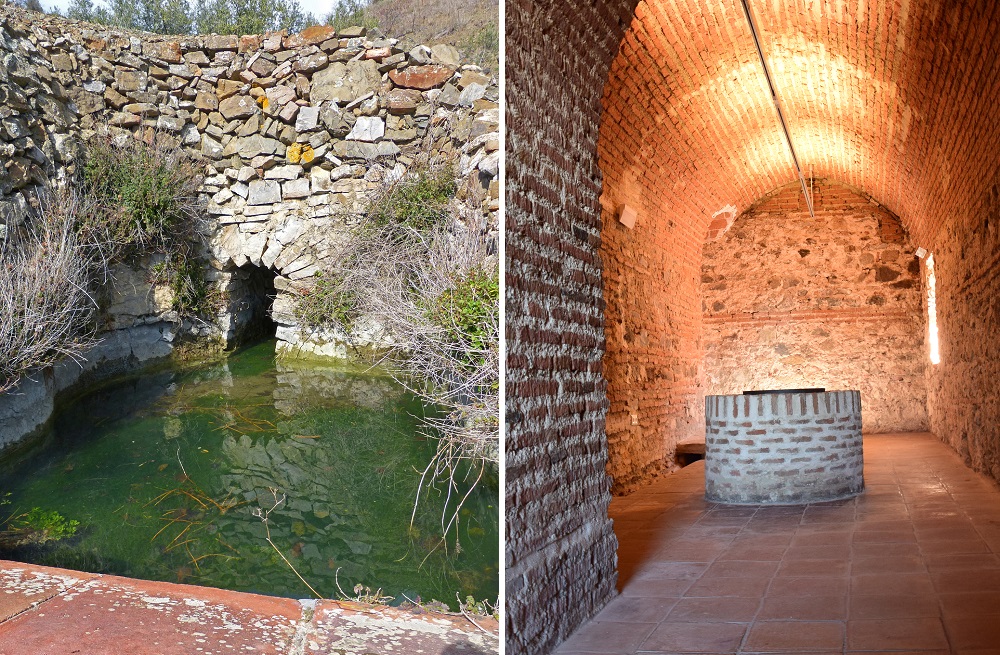
Velez was conquered by the Christians in 1487. However, instead of expelling the Muslim population many of them were allowed to remain as Mudejar, defined as Moors who kept their faith but remained in Spain. The Mudejar were encouraged to stay as they were important to the economy, with their exceptional knowledge of agriculture which was integral to the success of the area. Their lives were not easy. With Granada not yet surrendered they faced hunger and exploitation by the ruling Christian forces that had moved in and occupied the town.
Enforcing Christian Rule
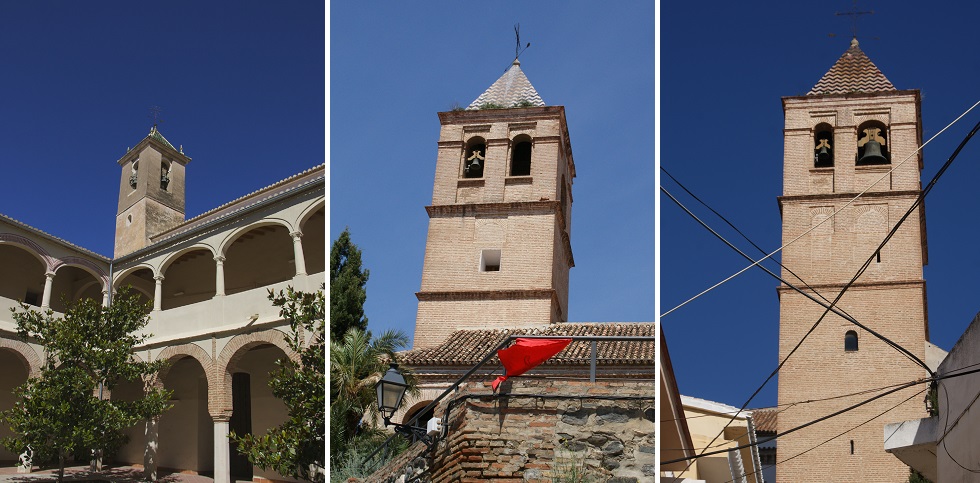
With the change in rule came the re-organisation of lands. Velez’s rule widened to include Frigiliana, Bentomiz and Zalia. There were also special dispensations granted to Velez which included tax breaks on everyday items such as food and clothing but also on luxury items like silk and soap. However, there was still unrest, particularly amongst the Mudejar peoples and an uprising in Nerja and Torrox in 1488 resulted in many Christian fatalities. This worried the Christian leaders, and the appointment of Francisco Enriquez (the King’s uncle) as Velez’s mayor was made to try and bring order. Under his rule Velez went through significant changes to its buildings and their uses. The most notable change was that all mosques were converted into churches.
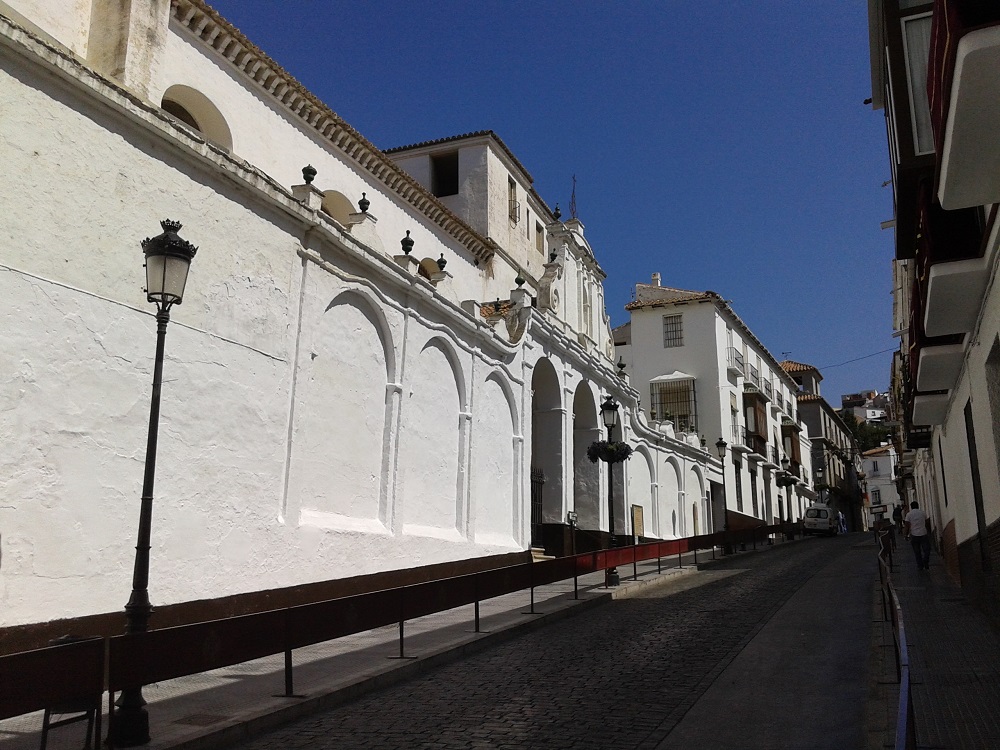
Around this time secular funds were used to build two main hospitals, the Leper Hospital and the San Marcos Hospital, and two important religious buildings, Nuestra Señora de Gracia/Convento Las Claras (above) and San Jose de la Soledad (this is where the Teatro del Carmen and Parking El Carmen now sit). This was the biggest urban reform in recent years and it was intended both to bring the community together and to reinforce Christian dominance over the town.
Into the 17th and 18th centuries building and social reform persisted in Velez-Malaga with the construction of many churches and the celebration of Christian festivities such as Semana Santa. Plazas became focal points of social activity as well as places where large crowds could gather for town meetings or festivals. It was in this period that Velez began to prosper once more, with key exports such as grapes, vegetables and citrus fruit. Cereals were also grown locally for personal consumption but shortages of these meant a granary was constructed on Plaza de la Constitucion in the late 1700s to regulate distribution.
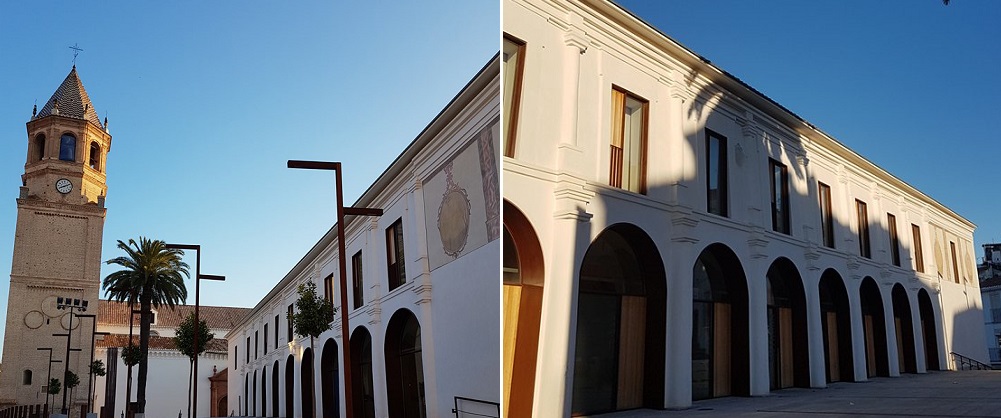
Discovering the Americas
Whilst Velez-Malaga went through a period of reform, erasing the influence of the Moors and bringing in the new Christian rule, the rest of the world was looking outward. Christopher Columbus had discovered South America in 1492 and other European powers had discovered North America in the same year. With these two huge discoveries came a period of opportunity for Europeans and competition between nations began. The coastline of Andalucia, and in turn Velez, was raided by privateers and pirates of English, Dutch, Spanish and Moorish origin for slaves.
During this time Velez’s position and fortifications became important in the fight against pirates. A warning system was set up and the panoramic views from the fortress allowed the town to be notified of a coming raid and to shelter safely behind the town walls. It was also used in a chain of forts to warn towns along the coast of raids.
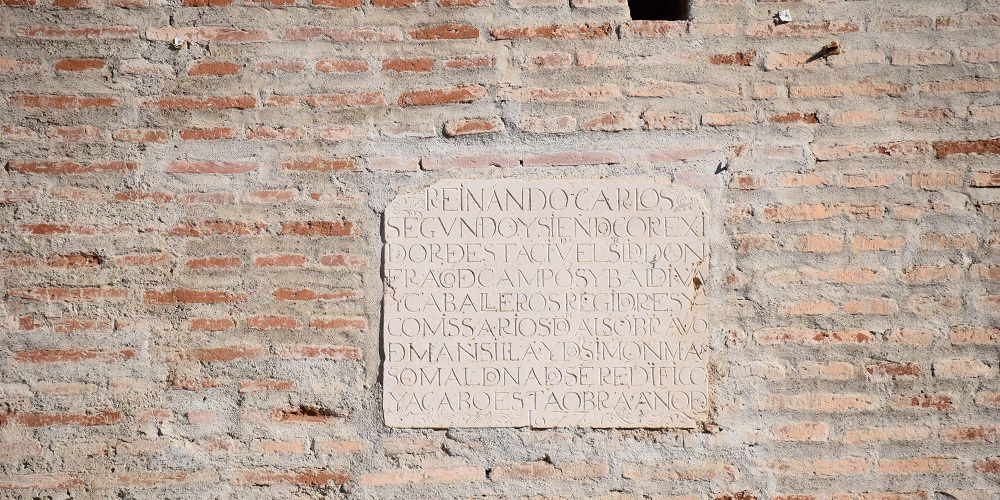
War of Succession
As the 18th century began the War of Succession raged across Europe. When the Spanish King Charles II died, he left no heir. The throne would pass to the sons in law of Charles’s father. One candidate had ties to France and the other to Austria. Philip, Duke of Anjou, was of the royal French house Bourbon and the grandson of France’s King Louis XIV. The other, Archduke Charles, was of Austria’s royal house Habsburg. Both nations wanted to extend their influence to Spain’s vast empire and trade routes.
Despite Charles II’s wish to hand the throne to the Duke of Anjou there was contention from not only Austria but also from Britain and the Netherlands. If Louis XIV and France were to gain access to the Spanish throne it would mean a seismic shift in the current balance of European power. The three nations joined together to form the great alliance and declared war on France in 1702. During this time Velez was caught up in the war, supporting the Bourbon house and the Duke of Anjou. The town hall sent funds to support the cause and later witnessed a monumental naval battle take place on the nearby beaches during the battle of Malaga.
With the start of a new government Britain sought to end the conflict without violence. Instead they began talks with France and soon Austria, the Netherlands and Bavaria joined too. For the war to stop it was decided that Spain would be partitioned. Austria gained most of Spain’s European territories while the Duke of Anjou kept power over Spain proper and South America, yet denounced his claim to the French throne. This satisfied most parties and the Duke of Anjou ruled Spain and South America as King Philip V. The rest of the 18th century passed in relative peace.
The 19th Century in Velez-Malaga
The beginning of the 19th century saw hardship fall on Velez-Malaga once more as yellow fever ravaged the town, killing 50% of the population. Soon afterwards, Napoleonic troops invaded and remained in the fortress, presiding over the town for two years. A further three tragedies occurred in and around Velez in the same century: with an outbreak of cholera, the phylloxera virus which affected many of the vines in the area, and the earthquakes of 1884-5 all bringing devastation to the town.
At the turn of the 20th century Velez-Malaga began to climb out of the low period and into one of revival and significant population growth. As well as the continued cultivation of vegetables and grapes, sugar cane production brought wealth to the area. The towers from the factories still remain at various points, two of which are at the shopping centre El Ingenio and in Torre del Mar.
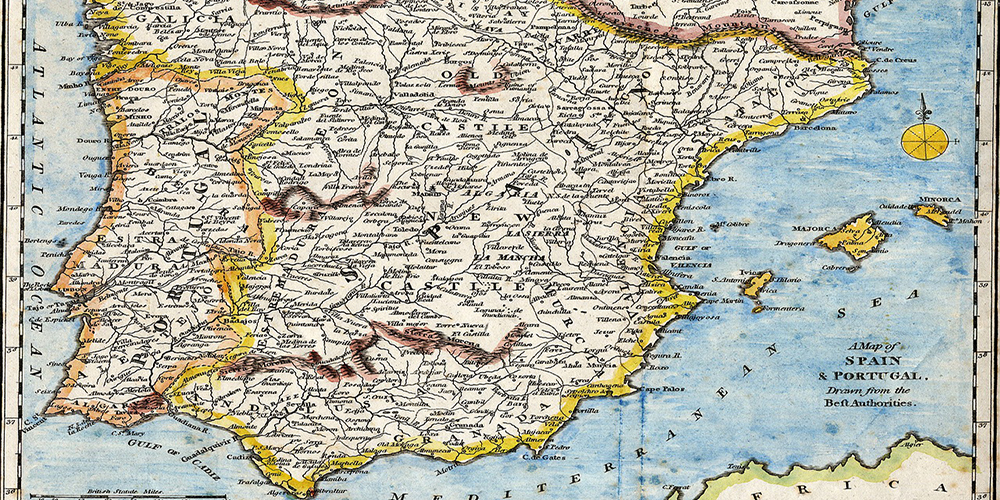
The Spanish Civil War
The Spanish Civil War raged throughout Spain in the 1930s with the population fighting for democracy or fascism. The war reflected an attitude common in wider Europe at the time where fascism gained popularity in a population that sought drastic changes and strong leaders to bring them out of economic strife.
Barcelona, Madrid, Valencia and Malaga were amongst cities controlled by the fascist government during the war and thus Velez-Malaga, being of close proximity to Malaga, suffered a high amount of military activity, concentration camps and strict rule. General Franco’s Nationalist party, with the help of Nazi Germany and Mussolini’s Italy eventually won the war and swept to power in Spain.
Rise of Tourism
Toward the end of Franco’s reign the prosperity of the region began to shift in a positive way. Spanish seaside resorts were developed and began a long tradition of becoming a top holiday destination for many Europeans who, given cheap air travel and more disposable income, looked for new ways to spend their money.
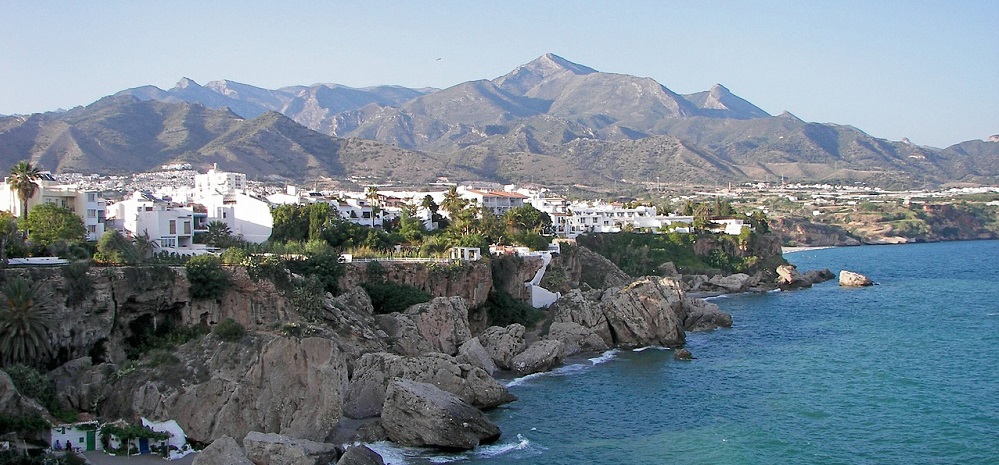
Spain became a popular destination, particularly for British and German tourists, and in the 1970s more foreign tourists flocked to Spain, taking advantage of the year-round beautiful weather and spectacular beaches. The Spanish government coined the name ‘Costa del Sol’ and a new era for the Velez coastline began.
Torre del Mar was a popular destination for many Spanish and foreign tourists during this time and increased the wealth of the area around Velez-Malaga once more. Torre del Mar’s main income is, somewhat unsurprisingly, tourism and the population of the town quadruples in the summer months compared to Velez’s more stable populace.
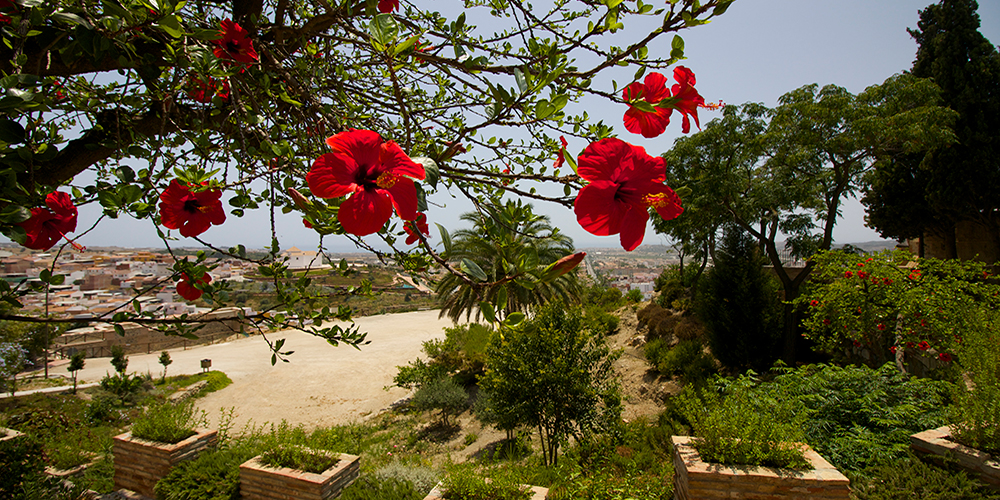
Present Day Velez-Malaga
Velez-Malaga has continued to grow and modernise. Well-tended plazas and churches, centuries old, sit side by side with modern flats and shops. Yet change has been, on the most part, sympathetic to a town so steeped in history. During the latter part of the last century, the historic centre of Velez was increasingly overlooked and struggled with the draw of reasonable contemporary flats for modern Spanish families. As a result the old town of Velez fell into something of a decline. During recent years significant renovation has taken place, which in turn has led to the historic centre becoming repopulated. The character of the town still remains and its identity is maintained by its handsome historic buildings, continued traditions such as the Romeria, Semana Santa and the San Miguel Feria.

